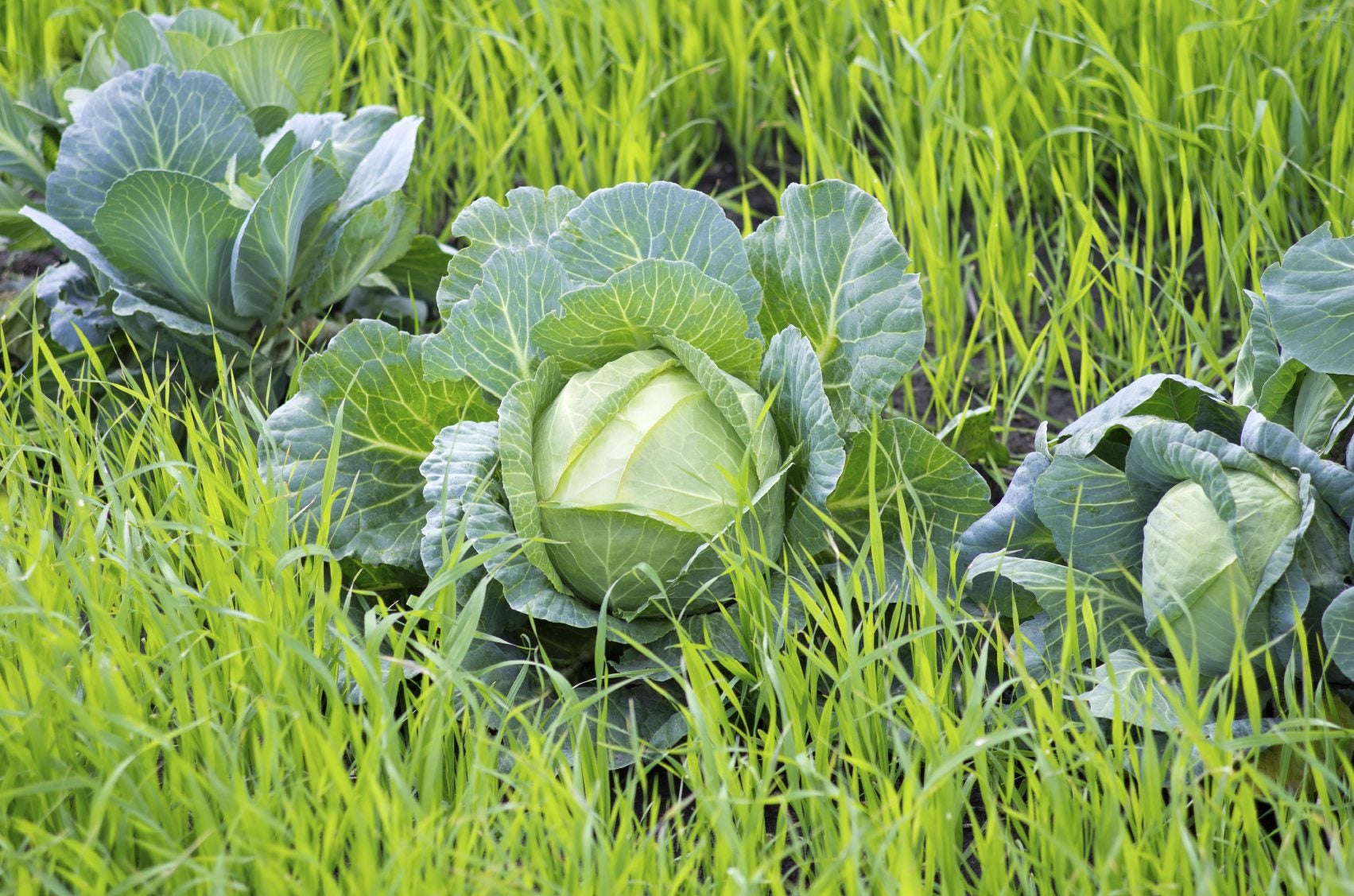What Is Living Mulch: How To Use Living Mulch As A Groundcover


Living mulch provides numerous benefits to the garden and soil. What is living mulch? Any plant that is used to cover an area of soil and adds nutrients, enhances soil porosity, decreases weeds, and prevents soil erosion, among other attributes. Basically, living mulch is a low-growing groundcover that is planted for a variety of reasons. Planting a living mulch cover crop enhances next season's planting area and minimizes a host of open space problems.
Choosing Living Mulch Plants
Companion planting isn't anything new. Generally, we use companion plants to protect other plants from insects, disease, over grazing and to enhance root and fruit development. Living mulch plants provide numerous benefits to their companions in the garden and liven up the soil. The most common types of living mulch for vegetable gardens focus on fixing nitrogen and breaking up soil. Living mulch as a groundcover is used to keep weeds down, conserve moisture, and fill in landscape gaps. The type of plant you use as mulch depends upon what your main purpose for a cover crop must achieve. If you are using living mulch as a groundcover, make sure it's a plant that can take foot traffic. Some good varieties to consider might be wooly thyme or creeping red fescue. Not only are they both attractive as living carpet, but they enhance the soil and thyme helps protect other plants from certain insect pests. Mulches that are going to be used as green manure should be a mixture of both legumes and non-legumes. The nitrogen fixing attributes of legumes pair well with the carbon adding abilities of other crops. Living mulch for vegetable gardens must add considerable amounts of nitrogen to help form strong plants. An eye-appealing option is red clover. You can till it in at the end of its growth cycle for use as a green manure. As a legume, it fixes nitrogen in soil. The roots are excellent at breaking up soil and increasing porosity while also holding topsoil in erosion prone zones. The nitrogen fixing abilities of legume plants is commonly known, but other types of plants contribute in different ways to garden health too. For maximum smothering power to keep weed pests out of your garden, try a combination of legumes and grasses. This is also the best mixture for green manure, since the legume introduces the nitrogen but the grass will increase soil porosity and add carbon when tilled in as dried hay. Some plants or herbs have the ability to repel common vegetable pests and double as a food crop and include:
Buckwheat is a common “catch crop” too. It is planted during fallow periods and fixes phosphorus in soil. Some cover crops also function as forage in between other crops. Choose plants with easy palatability and high nutrient content.
Planting a Living Mulch Cover Crop
Living mulches are generally planted after the main crops have been harvested. You can also plant after your main crops are growing but give them five weeks to establish before planting your cover crop. As with any plant, make sure that the area is weed and debris free, soil is loose and well draining and of average fertility. Pick your seeds and broadcast or drill them into soil at the depth the seed packet recommends. Provide even moisture, especially the first few weeks as the crop matures. It is up to you if you want to till the plants into the soil or simply allow them to reach the end of their life cycle, and compost around your food crops. Breakdown will occur more quickly with plants that are tilled into soil. Plants that are used as groundcover can remain as they are for many years of soil retention and weed suppression.
Sign up for the Gardening Know How newsletter today and receive a free copy of our e-book "How to Grow Delicious Tomatoes".

Bonnie Grant is a professional landscaper with a Certification in Urban Gardening. She has been gardening and writing for 15 years. A former professional chef, she has a passion for edible landscaping.